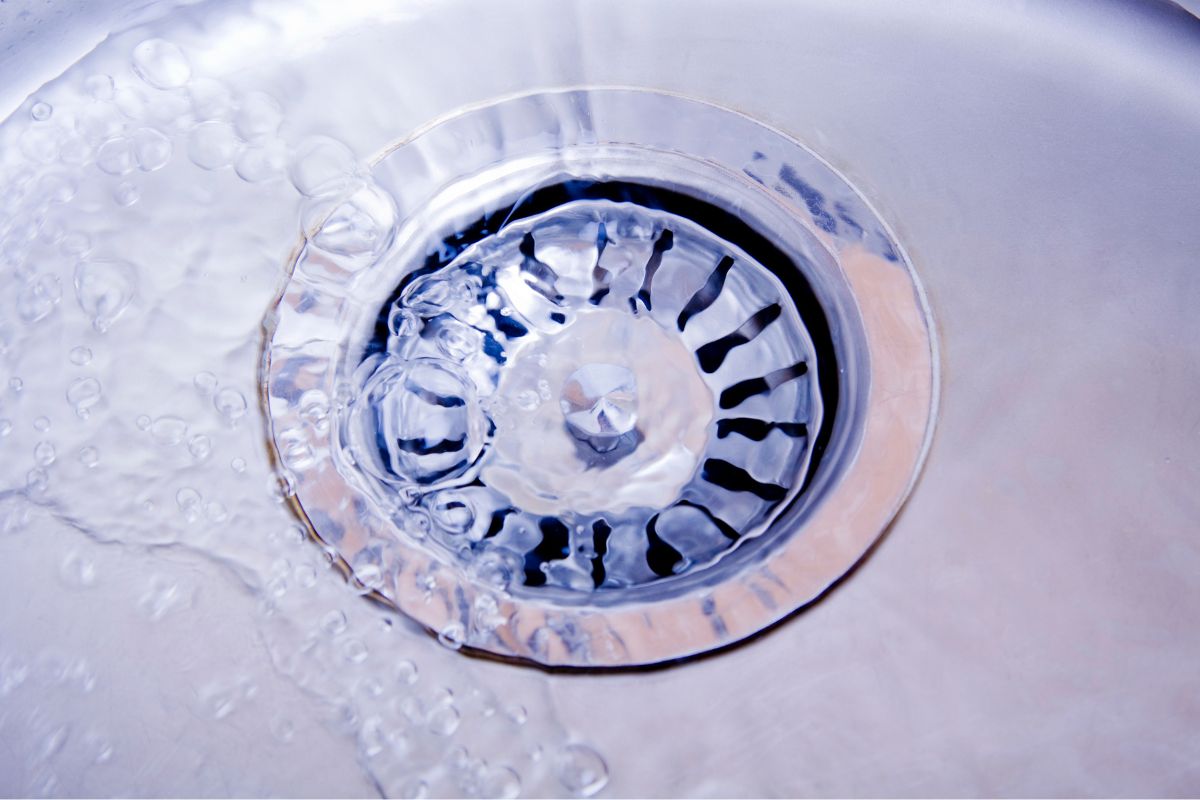Slow drains are one of the most frustrating plumbing problems you might encounter. They are caused by soap scum, hair, and other debris that ends up in the drain after a lot of use. Luckily, there are a few very simple solutions to this problem. One of the most common is to use Drano or some other sort of chemical drain cleaner. Drano is mainly composed of lye, sodium nitrate, and salt. Pour the amount specified on the bottle over the clogged drain, and wait ten to fifteen minutes for the chemical to work. After you rinse the drain out with water, it should be back to normal.
Fixing a slow drain without chemicals
However, if you would prefer not to use chemicals to clean your slow drain, do not worry. There are many other simple solutions to this problem that take less that fifteen minutes to complete. One of the easiest is to use a Zip-It tool, which will reach into the drain even with a drain stopper in place, and will catch and remove any debris down there quickly and easily. If that does not work, remove the pop-up or stopper from the sink. Some stoppers come right out, others need to be detached by removing the pivot rod, which can be done with pliers. You can then get into the sink and clean out the debris. A wire is the easiest tool to do this with. You should also clean off the stopper or pop-up while you are cleaning the drain, as they can collect quite a bit of debris as well that will slow down your drain. Rinse your drain out with hot water afterwards to make sure that all of the debris is gone.

Homemade drain cleaner
If you are reluctant to use a chemical drain cleaner, but don’t want to physically clean out your drain either, you can make a homemade drain cleaner that is much milder that the chemical ones on the market. Pour half a cup of vinegar and half a cup of baking soda into the drain. These two substances will cause a mild chemical reaction that will clean the drain easily. The chemicals will fizz up for a bit, and then once the fizzing has stopped, you can rinse the drain with hot water and it should be working, good as new.
Be careful with a plunger
The last resort for a poorly working drain is to use a plunger. The pressure and vaccum created by using a plunger will remove any large chunks of soap scum or hair that are lingering in your drain. This is a good trick to try if none of the previously mentioned solutions work. Just be careful, as there is usually an overflow of water when dealing with a slow drain, and using a plunger can sometimes create an unwanted mess.
Luckily, a slow drain is something that can easily be fixed without a plumber’s help, with items that you probably already have in your home. If you find that you are chronically experiencing problems with your drain, call your plumber and have them take a look at your pipes to see if there is a more serious problem.

